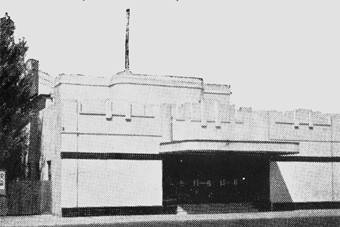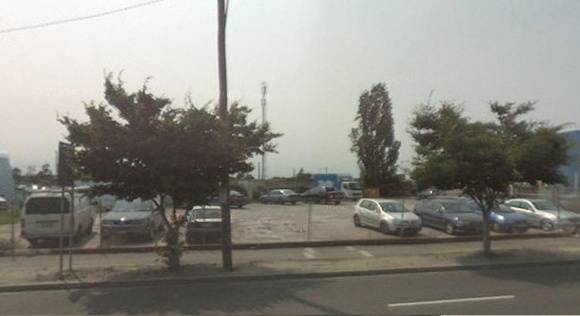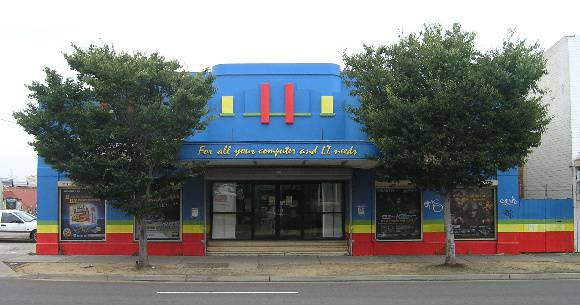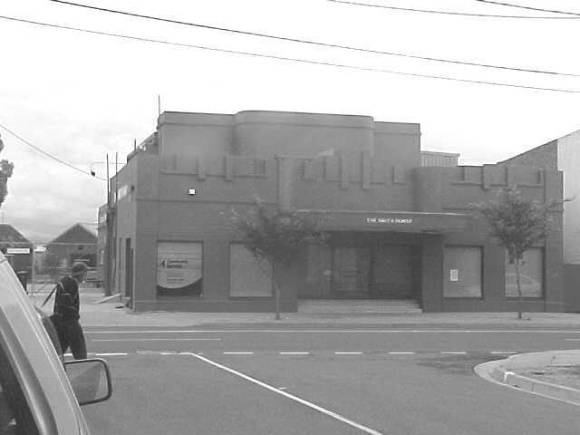| Back to search results » | Back to search page » |
|
Sunshine Picture Theatre
Location128 Hampshire Road, SUNSHINE VIC 3020 - Property No 126
File Number1793LevelIncl in HO area contributory |
|
Statement of Significance
Individual place statement of significance::
The former Sunshine Picture Theatre is of historical, architectural and social significance to the City of Brimbank as a relatively well-preserved pre-World War Two cinema which represents the expansion of the cinema to suburban centres around Melbourne and the 'Golden Years' of cinema- going and popular entertainment in Australia. The cinema was the focus of both common and sophisticated entertainment and recreation in Sunshine from the 1930s to the 1970s. It is the only near -original cinema exterior in the City of Brimbank. It is also a major building in what was the social and civic centre of Sunshine in the inter-war period. Architecturally, it compares with the Moderne styling seen in a more articulated manner at Sunshine Technical School but there are few other buildings of comparable size and style in the municipality. It is also significant as one of architect R. Morton Taylor's cinema designs. Taylor designed and remodelled dozens of theatres and cinemas throughout the 1920s and '30s, both in private practice and as a partner with Bohringer, Taylor & Johnson. His bestknown work is the Astor Theatre, St Kilda.
Precinct statement of significance::
This McKay housing subdivision is of national historical and social significance as a part of a suburb created by Australia's leading industrialist and as a milestone in the development of the industrial suburb under the influence of the Garden City movement. Sunshine became a yardstick for planning and housing reformers, with H.V. McKay being regarded as an expert on planned industrial housing. The McKay estate is of regional architectural significance as it marks a crucial phase in the development of Sunshine, housing the resident work force which promoted further industrial development.
The group of houses in the precinct represent the type of houses built either by or for company employees and managers during the period of H V McKay's dominance of Sunshine's economy and development. Most of the remaining commercial premises, which formed the nucleus of the suburb west or the railway line, have been included in a separate precinct centred on the corner of Sun Crescent and City Place. While a number of original houses have been demolished, the remaining stock provides a representative sample of homes that are generally typical of the period, with several distinctive architectural designs, some of which can be ascribed to J Raymond Robinson, who might be considered the defacto company architect for the McKay Sunshine Harvester Works.
Characterised generally by steep gabled corrugated iron clad roofs (with hipped roofs on some of the earliest examples), weatherboard cladding and timber trimmed verandahs, the houses are also set on generous allotments, often with deep setbacks. These elements contribute to the garden suburb character that was intended in the original town planning designs, and perpetuated in the perceptions of Sunshine's character. It should be remembered that in the early 20th century, Sunshine's generous suburban estates were atypical of working class housing of the period.
Group
Recreation and Entertainment
Category
Cinema







